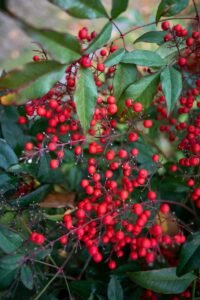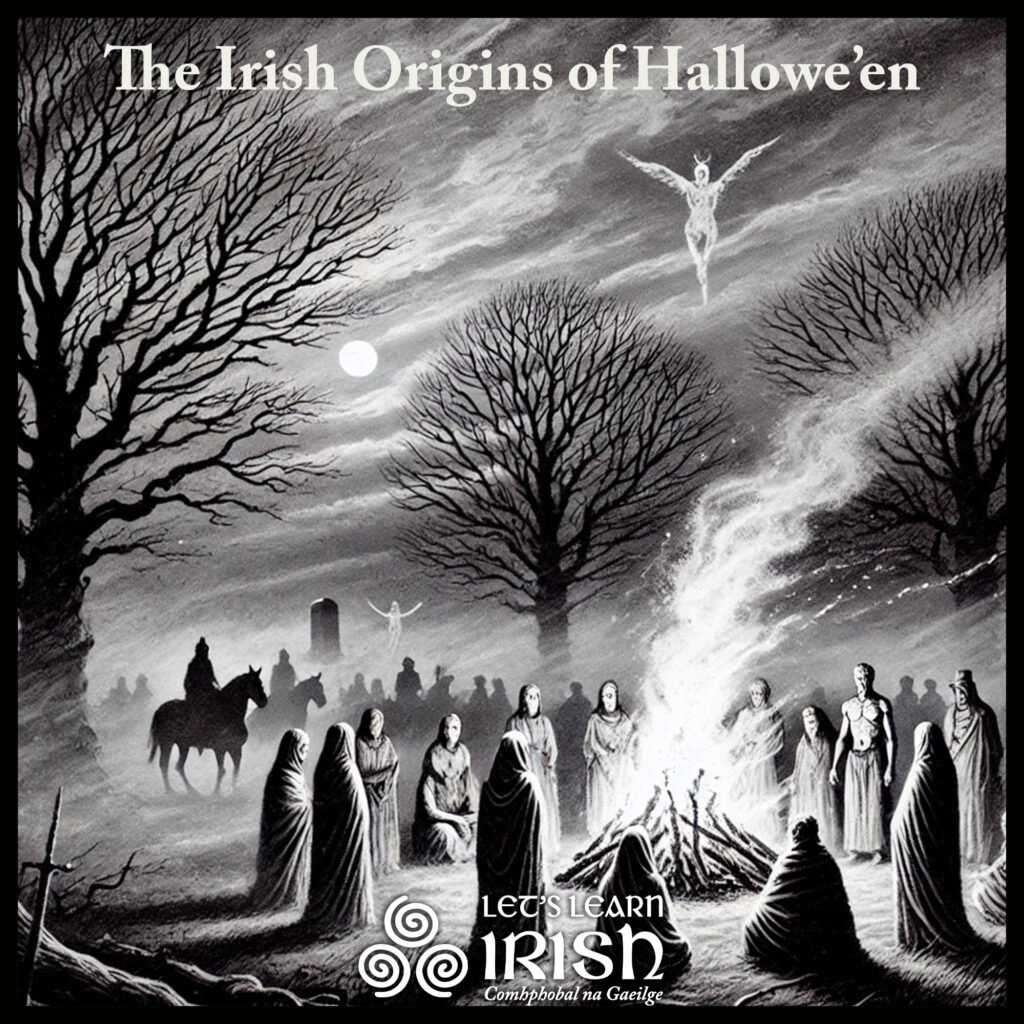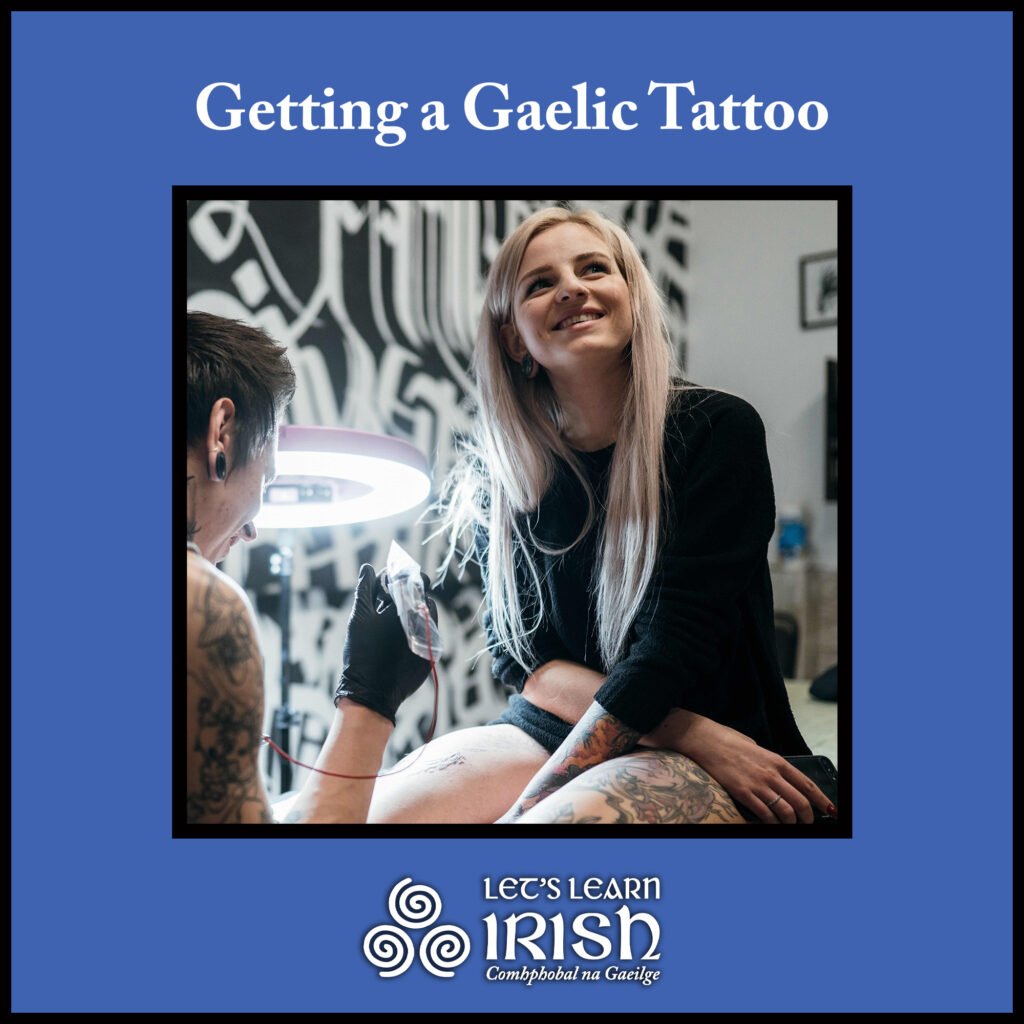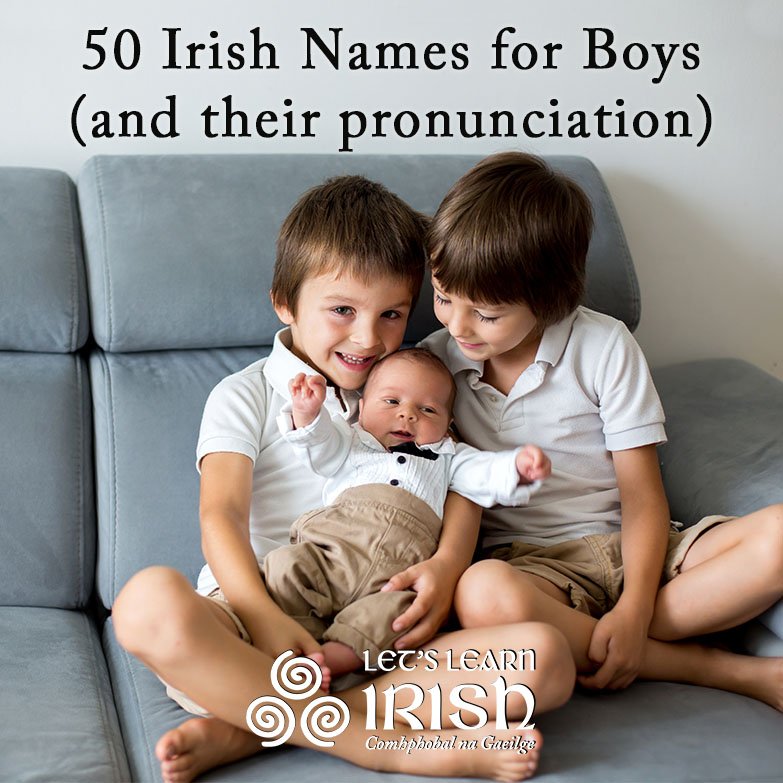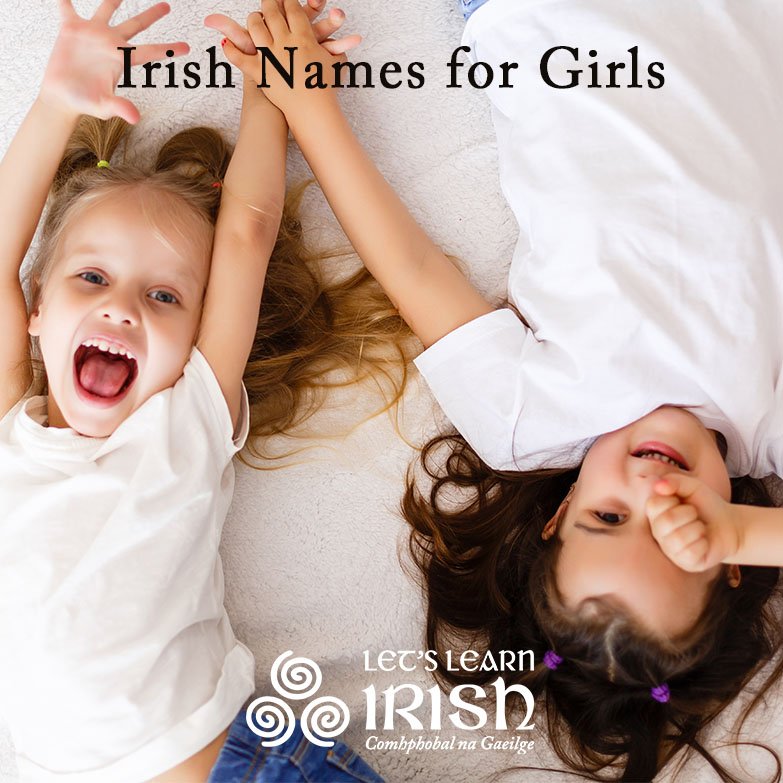What is Bealtaine? The Celtic Summer Festival Examined
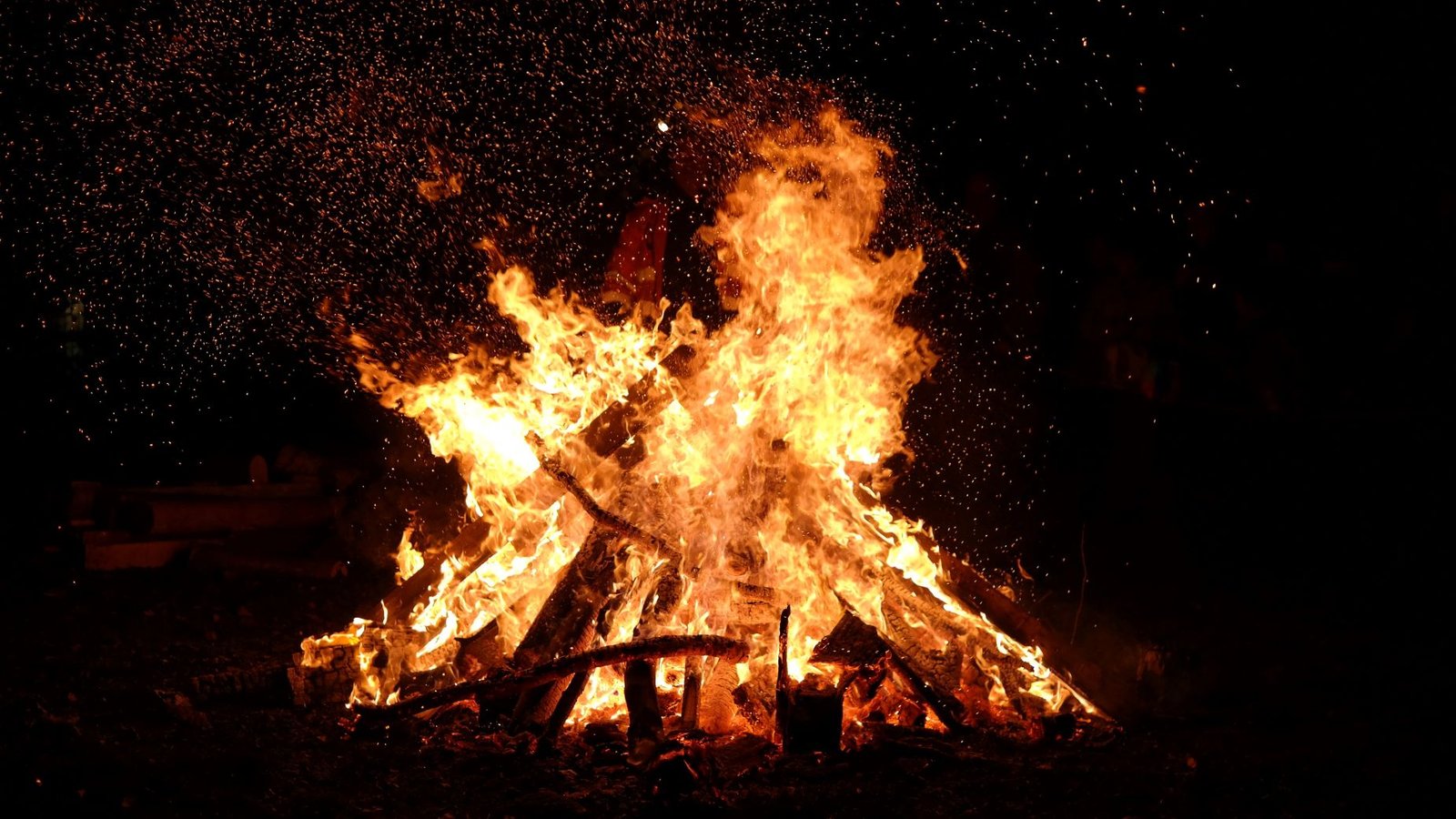
Everyone welcomes the start of summer. With longer days, better weather, and being able to put the cattle out to pasture, the Celts knew it was something to celebrate. Hence, they gave us the festival of Bealtaine, and a reason to light something on fire.
What is Bealtaine?
Celebrated on May 1st, the festival of Bealtaine (or ‘Beltane’ in English) is one of four seasonal Gaelic holidays. The festival heralds the beginning of summer in Ireland, falling midway between the spring equinox and summer solstice in the northern hemisphere. The month of May is ‘Mí na Bealtaine’ in Irish, and because the festival itself is celebrated around May 1st, it is known as ‘Lá Bealtaine’. The festival takes place halfway between Imbolg (also celebrated in Ireland as St. Brigid’s Day) and Samhain (now modernized as Hallowe’en), and was traditionally marked by specific customs meant to appease the spirits, some of those traditions still existing today.
 Bealtaine was considered the beginning of the pastoral season, where cattle were driven out to pasture. Cattle being the lifeblood of the community, their health and longevity was important. Also significant during Bealtaine, however, is that the aos sí, or spirits, were thought to be particularly active (much like during Samhain). The Celts had to keep the aos sí happy in order to protect both them and their cattle from harm.
Bealtaine was considered the beginning of the pastoral season, where cattle were driven out to pasture. Cattle being the lifeblood of the community, their health and longevity was important. Also significant during Bealtaine, however, is that the aos sí, or spirits, were thought to be particularly active (much like during Samhain). The Celts had to keep the aos sí happy in order to protect both them and their cattle from harm.
It’s All about the Fire
The name ‘Bealtaine’ is said to derive from Old Irish, meaning ‘bright fire’ (the Celtic sun and healer god was Belenus). A great bonfire would be lit in or around May 1st, signifying the start of the festival. All fires in each house’s hearth would be doused and then relit from the Bealtaine flame. The flame was meant to have protective powers, warding off disease and encouraging prosperity. Sometimes cattle were walked between two fires to bless and purify them—indeed, the expression, “a bheith idir dhá thine Bhealtaine”, meaning to be in a dilemma, is believed to originate from this very custom of driving cattle between two bonfires at the start of summer. In other instances, people jumped over the flame. When the fire eventually died away, individuals would cover themselves in the ash.
Other Customs of Bealtaine
Up until the late 19th century, the festival of Bealtaine would also be characterized by May bushes. Small flowering trees, such as hawthorns or rowan trees, were decorated with bright ribbons and other adornments. If a standing tree could not be found nearby, branches would be ornamented and left near doorways or windows. Thorn trees were thought to be particularly associated with the aos sí.
It was important that cattle stayed in lactation, and hence milk was never given to a neighbor at Bealtaine for fear that the cow’s production would be transferred to that farm. For the same reasons, May boughs were sometimes tied to the tails of cattle or milk pails to placate the aos sí. Sometimes three black coats were placed under a butter churn to ensure they didn’t steal the butter. Just to be extra careful, food and milk offerings were often left for the aos sí, lest they start to feel mischievous.
Holy wells were often visited on Celtic festivals, including Bealtaine. The first water drawn from a well at Bealtaine was meant to be especially potent with good fortune and prosperity, as was the dew on the morning of May 1st. Maidens would sometimes roll around in the dew, believing it to help facilitate sexual attractiveness and a youthful appearance. Other traditions at this time included walking around the perimeter of one’s property (beating the bounds), repairing fences and boundary markers as well as feasting, dancing and drinking.
Modern Day Festivals of Bealtaine
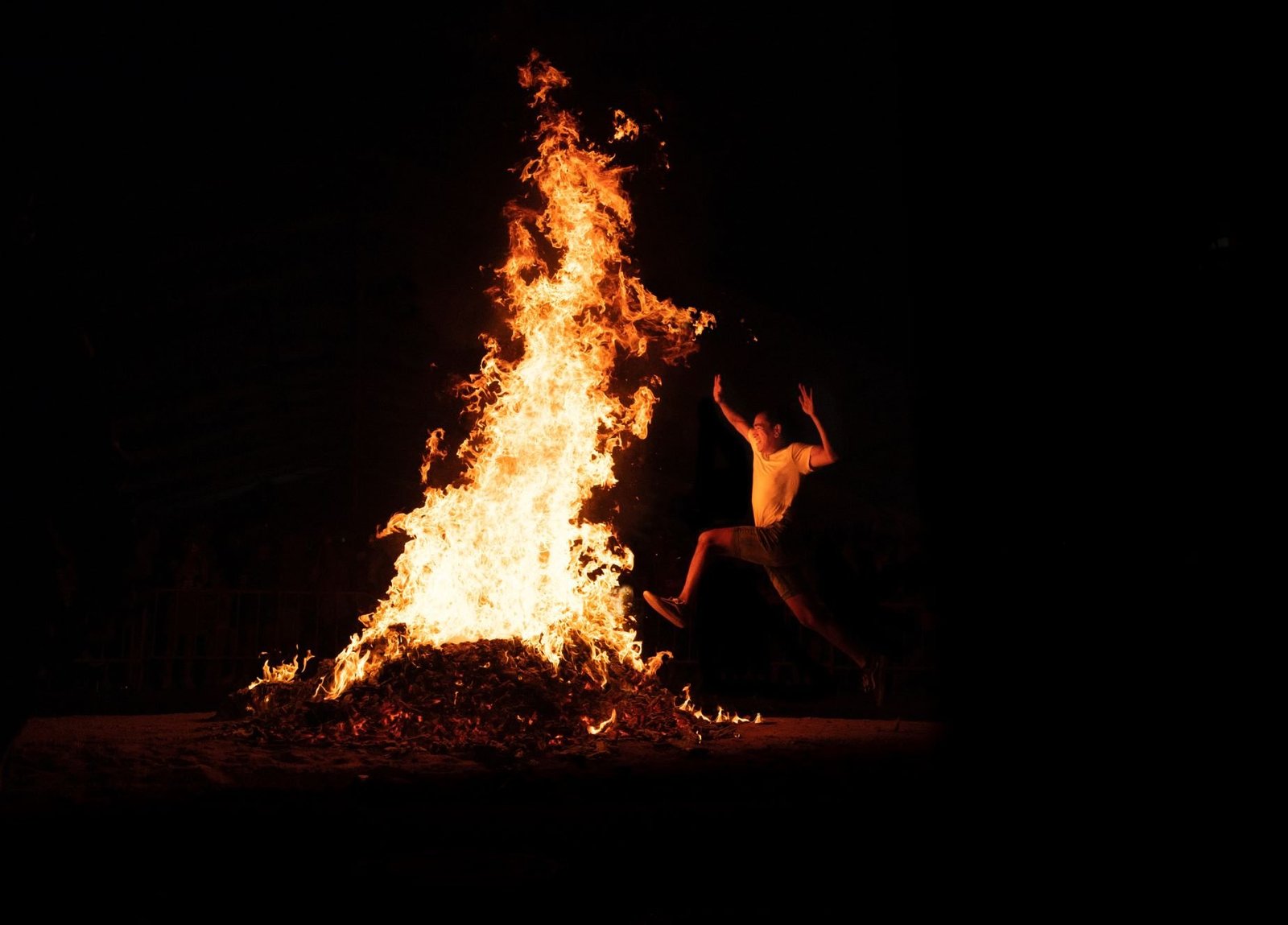
Although most customs associated with the holiday have died out, a fire at Bealtaine can still be seen at some places in former Celtic regions. The Beltane Fire Society holds a festival in Carlton Hill, Scotland, while the Bealtaine festival in Dublin is put on by the Age and Opportunity Arts initiative, celebrating the agency of older individuals. The main celebration, however, is likely the Bealtaine Fire Festival at the Hill of Uisneach in County Westmeath, traditionally the spiritual center of Ireland. Additionally, some neopagans celebrate Bealtaine, as do Celtic reconstructionists looking to re-enact customs from the past.
Bealtaine is another example of the rich culture and history that influences Ireland and its language. Although perhaps less known than Samhain, it was no less important to the Ancient Celts and their drive to protect themselves and their livelihood. Next time you go to a bonfire, make sure to bring your cow.
Join the online Irish community – beidh fáilte romhat!
Take a Course, join a Comhrá session or attend a Ceardlann.
For more, follow us @LetsLearnIrish – bígí páirteach!

